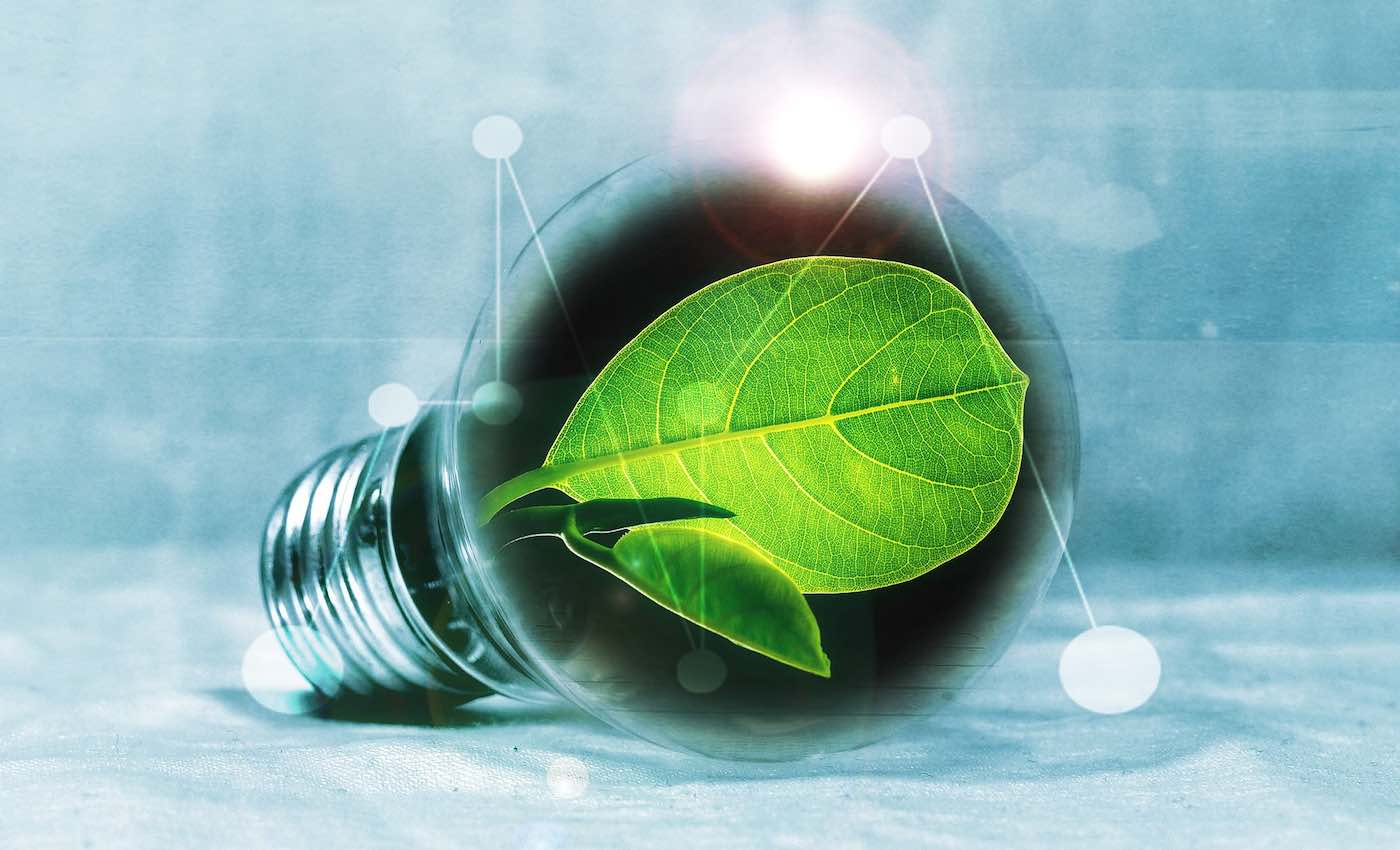Scientists identify a new, safe, and efficient way of producing hydrogen from organic waste solution using a catalyst derived from―of all things―rust.
Production of hydrogen fuel is a key goal towards the development of sustainable energy practices, but this process does not have feasible techniques yet. Thankfully, a team of Japanese scientists from Tokyo University of Science, led by Prof Ken-ichi Katsumata, have identified a novel technique of using rust and light to speed up hydrogen production from organic waste solution—a finding that can revolutionize the clean energy industry.
In today’s narrative of climate change, pollution, and diminishing resources, one fuel could be a game-changer within the energy industry: hydrogen. When burned in a combustion engine or in an electrical power-plant, hydrogen fuel produces only water, making it far cleaner than our current fossil fuels. With no emissions or toxic gas production, no contribution to climate change, and no smog, hydrogen may be the answer to a future of cleaner energy, so why is it not more widely used?
First, hydrogen is highly flammable and leaks very easily from storage tanks, causing potential explosion hazards during storage and transport. Second, although pure hydrogen occurs naturally on Earth, it is not found in quantities sufficient for cost-effective utilization. Hydrogen atoms must be extracted from molecules like methane or water, which requires a large amount of energy. Although several techniques exist to produce hydrogen fuel, scientists are yet to make this process “efficient” enough to make hydrogen a commercially competitive fuel on the energy market.
RELATED: Scientists Develop Exciting New Way to Produce Hydrogen Fuel That’s Safe, Cheap, and Ultra-Efficient
For decades, scientists have been working on this problem One of the most promising methods to achieve this is through solar-driven processes, using light to speed up (or “catalyze”) the reaction to split water molecules into oxygen and hydrogen gas. In the 1970s, two scientists described the Honda-Fujishima effect, which uses titanium dioxide as a photocatalyst in hydrogen production.
Building on this research, the team sought to use a cheaper, more readily available semiconductor catalyst for this reaction, with the hope to increase its efficiency even further, reducing the production costs and safety of hydrogen fuel.
Their study published in Chemistry: A European Journal indicates that, by using a form of rust called α-FeOOH, hydrogen production under Hg-Xe lamp irradiation can be 25 times higher than titanium dioxide catalyst under the same light.
The experiment conducted by Prof Katsumata and colleagues aimed to address common challenges encountered in using semiconductor catalysts in solar-driven hydrogen production. There are three major obstacles described by the authors. The first is the need for the catalyst material to be suitable for the use of light energy. The second is that most photocatalysts currently used require rare or “noble” metals as cocatalysts, which are expensive and difficult to obtain.
CHECK OUT: New Power Plant Turns Waste into Energy—and Doubles as a Ski Slope and Climbing Wall
They also aimed to find a solution that could not only increase the reaction’s efficiency, but also successfully prevent hydrogen and oxygen from re-coupling and creating a potential hazard.
“We were really surprised at the generation of hydrogen using this catalyst,” states Professor Katsumata, “because most of the iron oxides are not known to reduce to hydrogen. Subsequently, we searched for the condition for activating α-FeOOH and found that oxygen was an indispensable factor, which was the second surprise because many studies showed that oxygen suppresses hydrogen production by capturing the excited electrons.”
MORE: First Fully Rechargeable Carbon Dioxide Battery is Seven Times More Efficient Than Lithium Ion
The team confirmed the production mechanism of hydrogen from water-methanol solution using a ‘gas-chromatography-mass-spectrometry’ method, showing that α-FeOOH was 25 times more active than the titanium dioxide catalyst used in previous research, supporting stable hydrogen production for more than 400 hours.
“The specific function of the oxygen in activating light-induced α-FeOOH has not been unveiled yet. Therefore, exploring the mechanism is the next challenge.”
“Although we could quickly elucidate the generation of fuel (hydrogen), it took about three years to investigate the role of oxygen (why is it consumed?),” Professor Katsumata told GNN. “At this stage, the reaction occurs only with ultraviolet light, and its quantum yield is not high. We need to continue our research to improve the efficiency of the reaction.”
For now, these findings of Katsumata and his colleagues represent new advancements in the production of a clean, zero-emissions energy source that will be central to the sustainable societies of the future.
Reprinted from Tokyo University of Science
Power Up With Positivity By Sharing The Good News With Your Friends On Social Media…




















